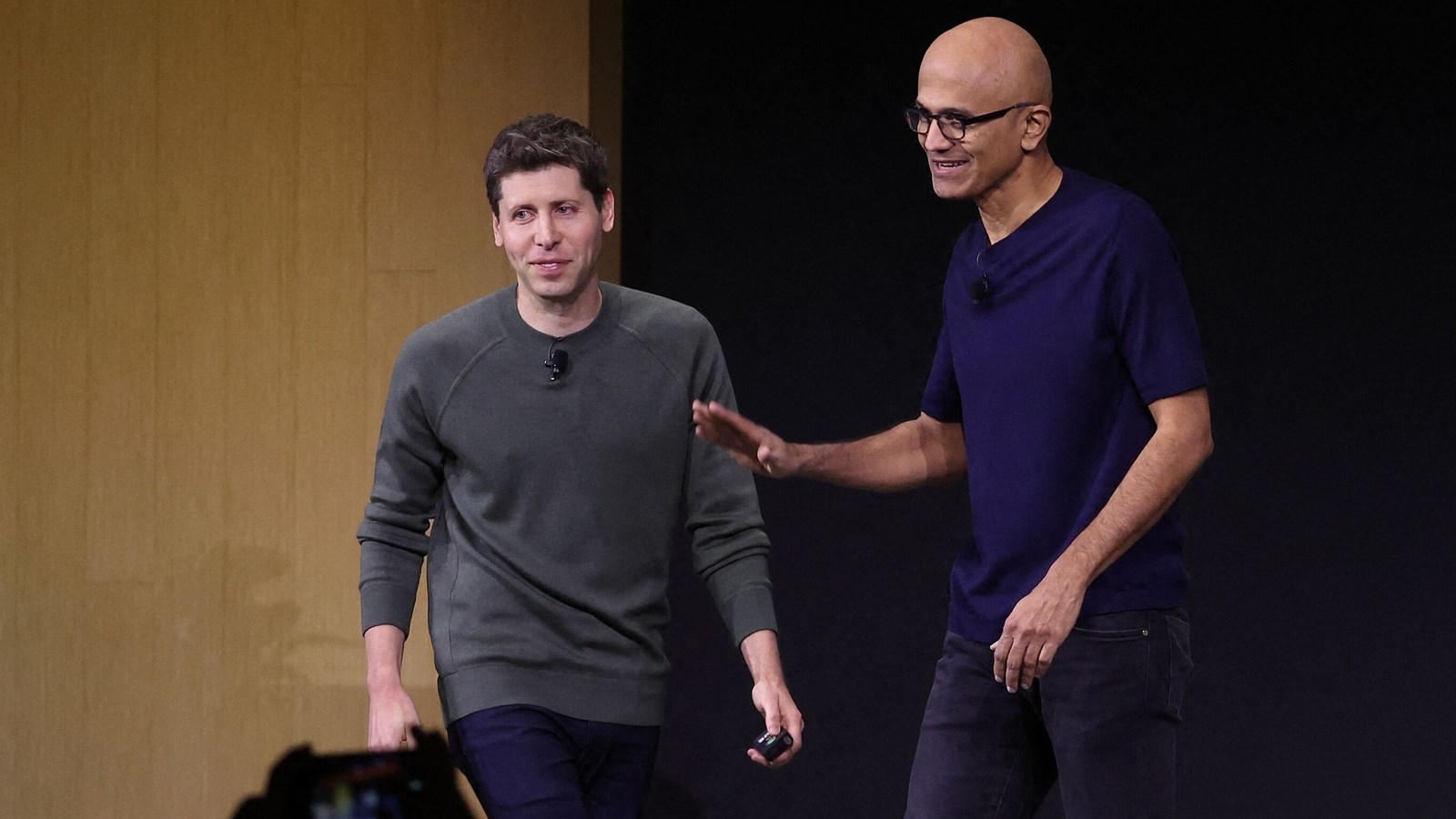

Founded in 2015, OpenAI began as a non-profit organization, thriving for years on external funding without any commercial products. One of its most significant supporters was tech giant Microsoft. Microsoft CEO Satya Nadella, recognizing the potential of OpenAI’s talent pool, invested in the company well before the release of ChatGPT. The launch of ChatGPT marked a turning point, transforming OpenAI into a major success story and validating Microsoft’s early investment. This collaboration allowed Microsoft access to cutting-edge AI technology, while OpenAI grew into a technological powerhouse with Microsoft’s backing.


Despite the partnership’s early success, recent insider reports suggest a growing rift between the two companies. The Wall Street Journal highlights that the relationship between Satya Nadella and Sam Altman is becoming strained. As both companies chart their own paths forward, they appear less reliant on one another. OpenAI, developing new revenue streams, is less dependent on Microsoft. Conversely, Microsoft has crafted its own AI solution named Copilot, poised to compete directly with ChatGPT, and is seeking collaborations with other AI firms.

The diminishing dependency has led to disagreements on several fronts. According to the Wall Street Journal, Nadella and Altman struggle to find consensus on critical issues, including the utilization of Microsoft’s data centers, the sharing of OpenAI models with Microsoft, and the pace at which AI technologies should develop. Despite these tensions, immediate separation seems costly for both. OpenAI, transitioning towards a for-profit model, may find it challenging to lose Microsoft’s support during this crucial phase. Meanwhile, Microsoft still leverages OpenAI’s advanced models for many of its offerings, including Copilot, to maintain its competitive edge against rivals like Google and Meta.
A potential future scenario could see OpenAI retaining exclusivity over its most advanced models. Rumors suggest OpenAI’s board has contemplated this move, already delaying the latest model’s release to Microsoft, intensifying friction between Nadella and Altman. However, according to their agreement, OpenAI might cease sharing new models once their AI achieves human-level intelligence. Herein lies a complication: OpenAI and Microsoft have diverging views on when this milestone will be reached. Altman believes it is imminent, whereas Microsoft estimates it’s still years away. This discrepancy could lead to legal disputes, as OpenAI would need to substantiate claims of reaching human-level AI to alter the terms of their collaboration.
In summary, the collaboration between Microsoft and OpenAI has transformed from a mutually beneficial alliance to a complex relationship filled with legal and strategic challenges. As both entities navigate these evolving dynamics, their future interactions will likely shape the AI landscape significantly.

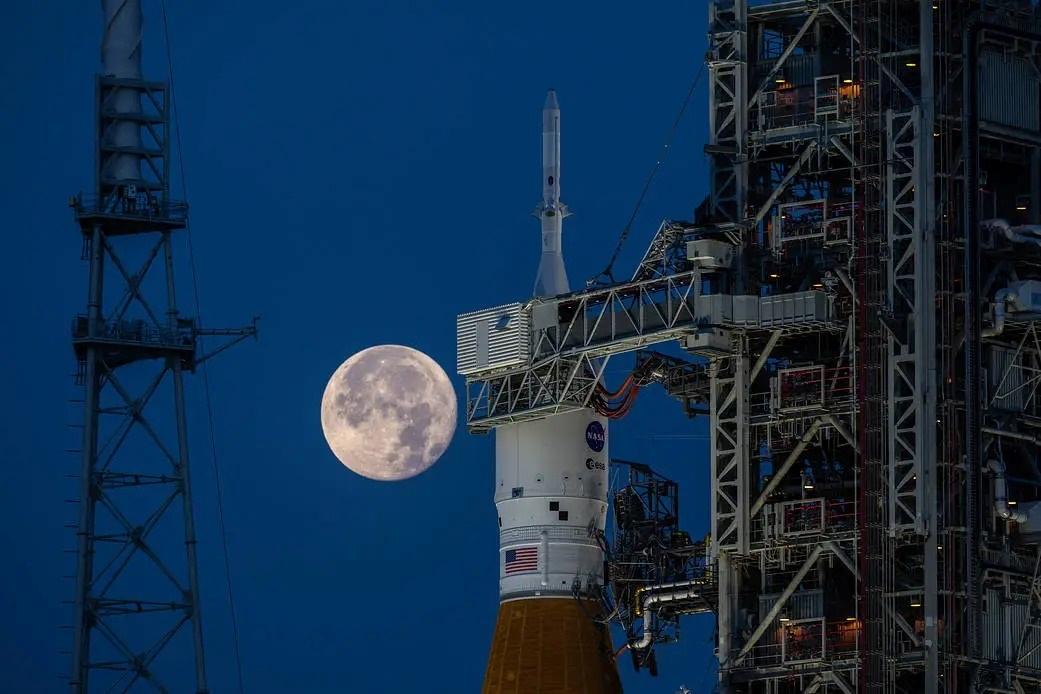
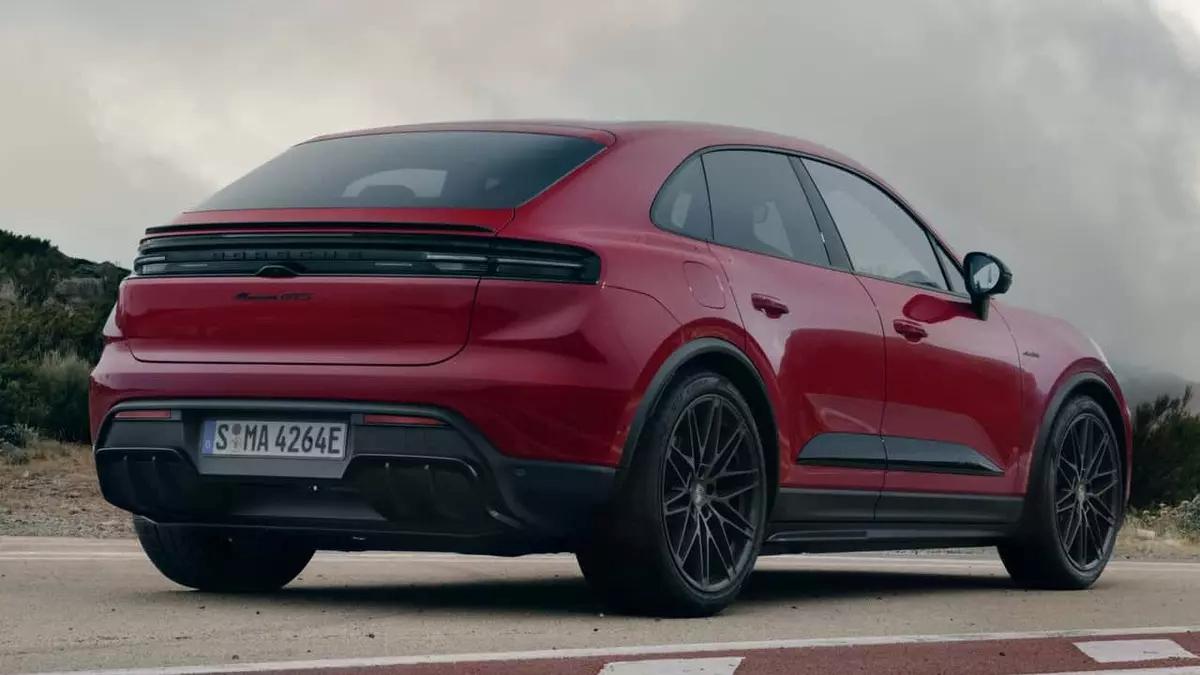
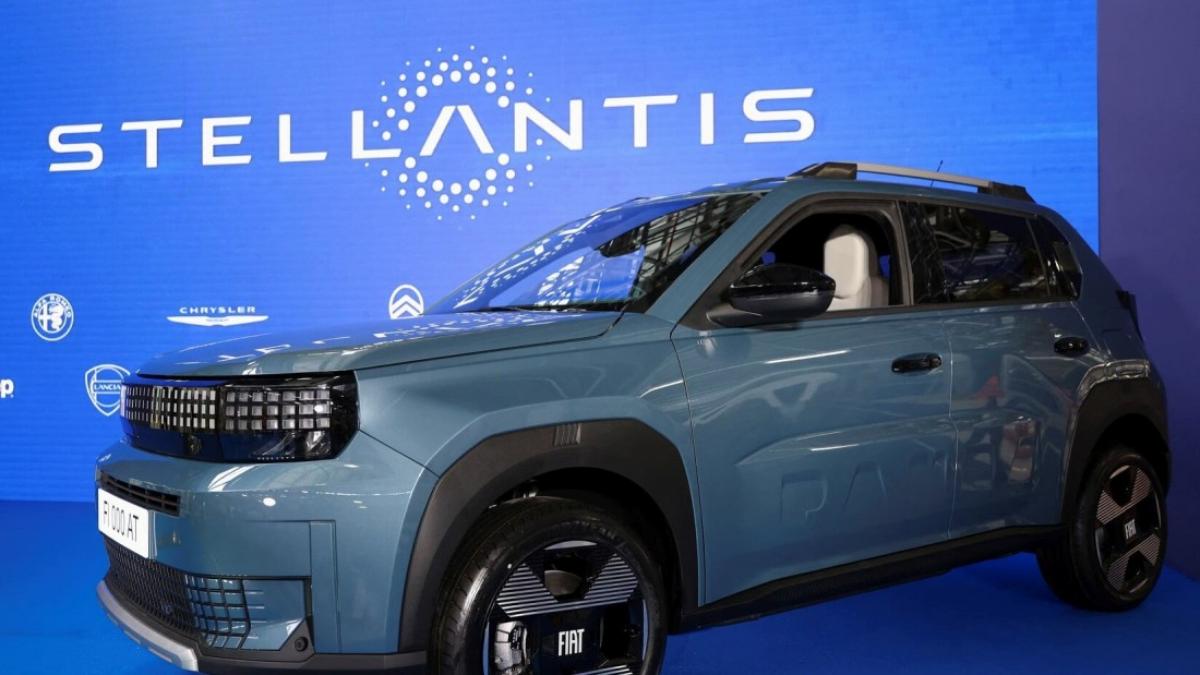

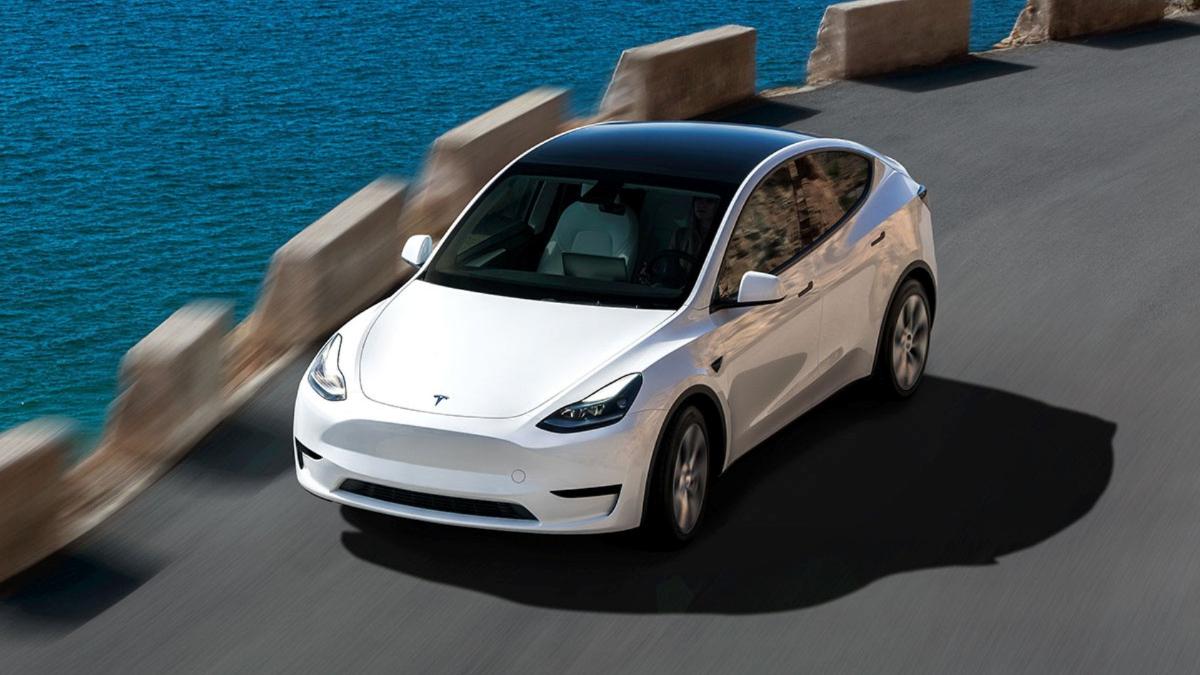
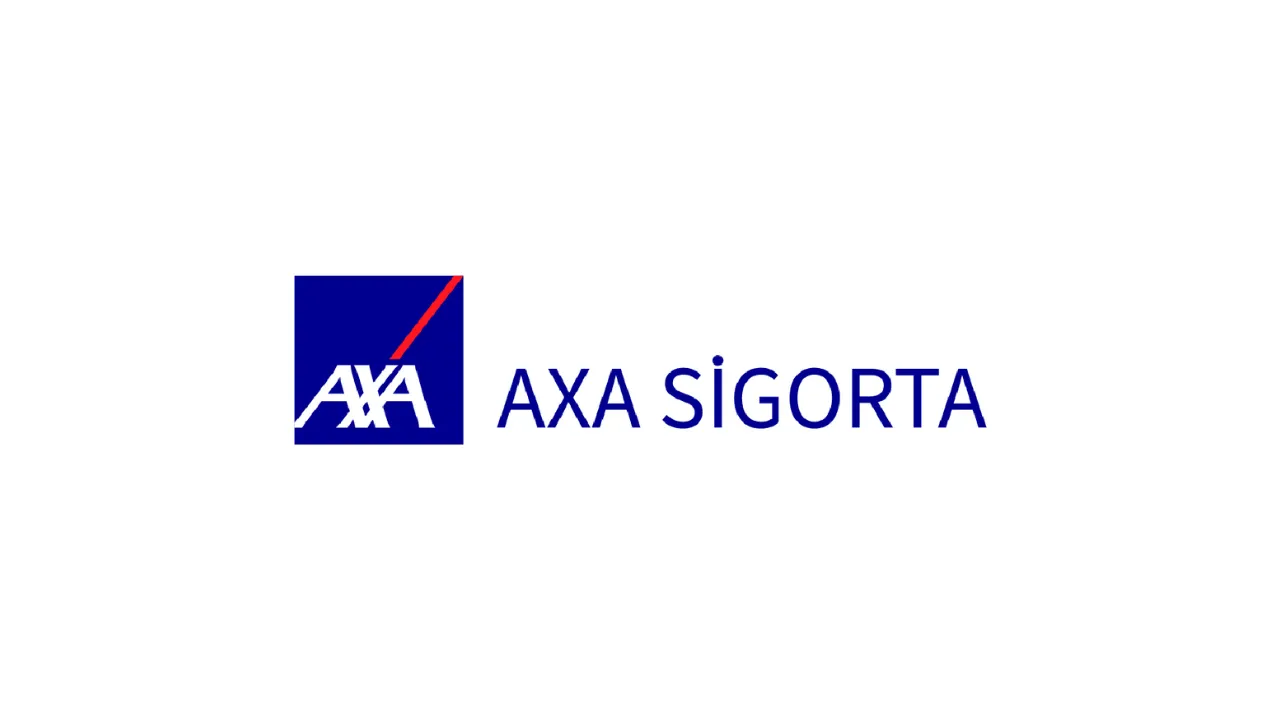
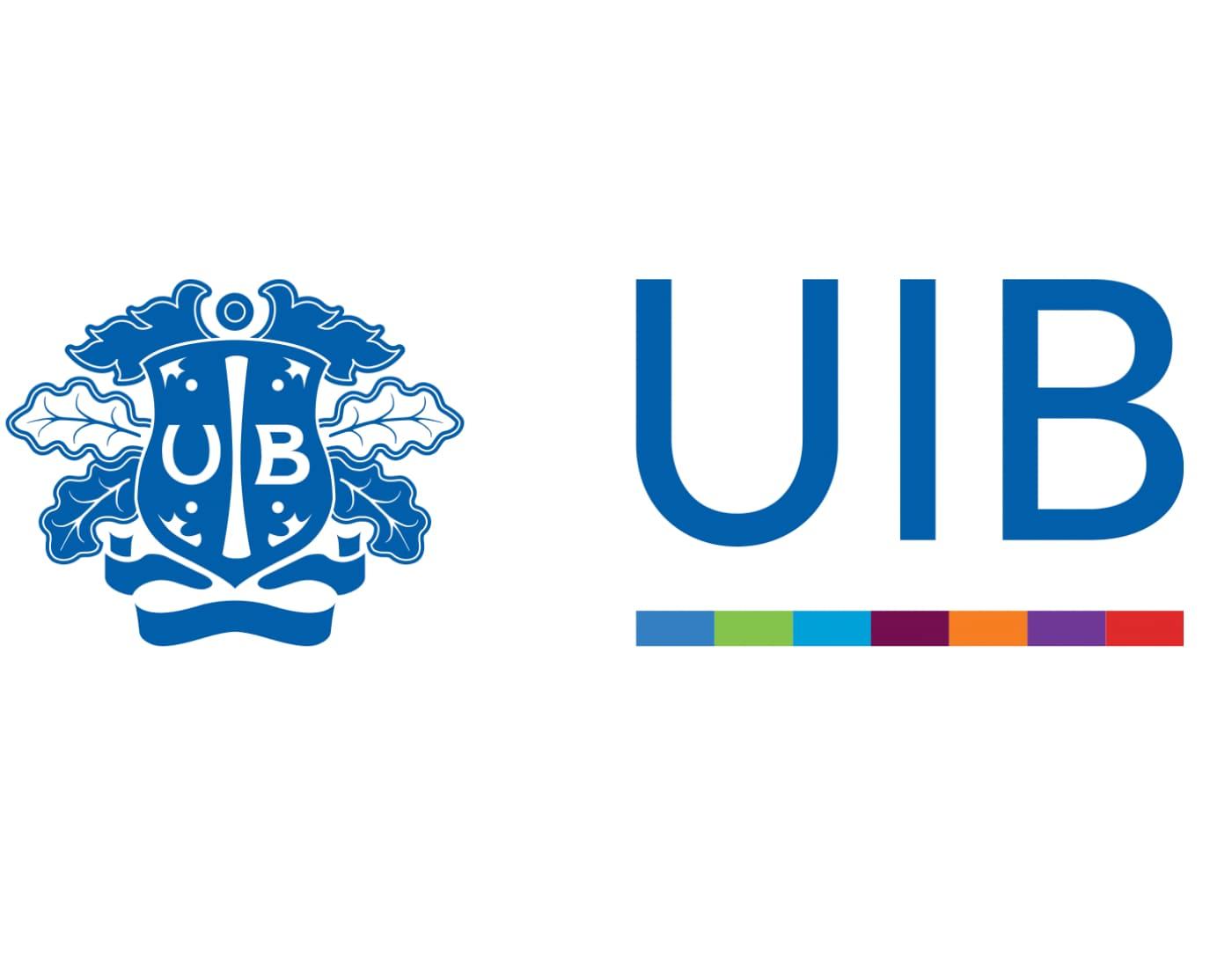
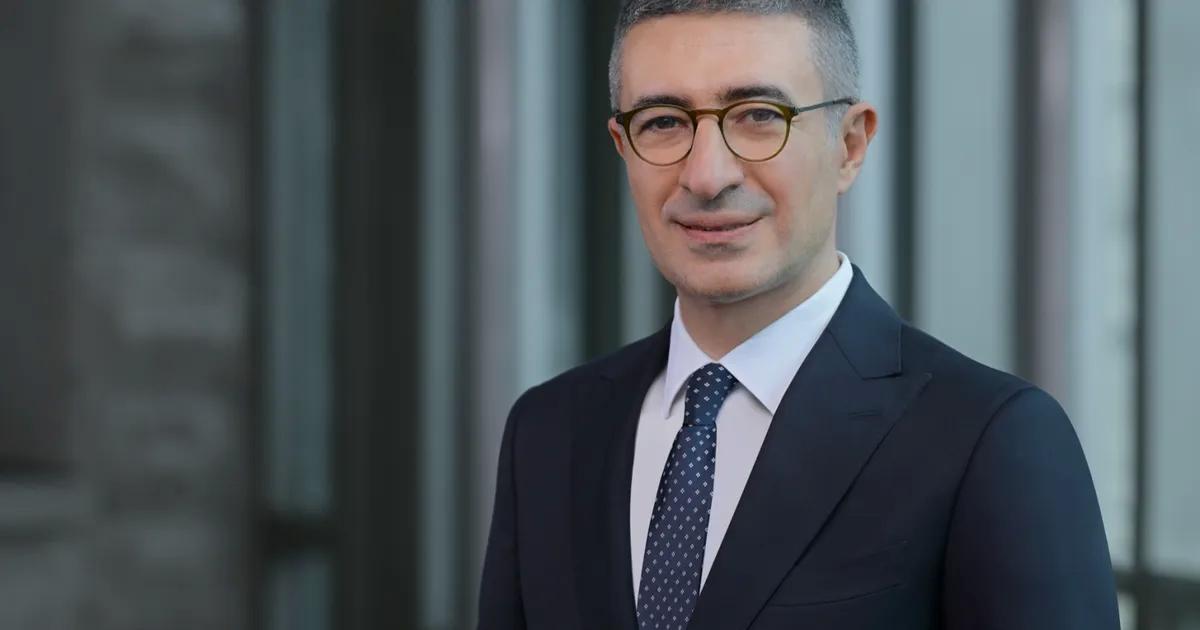
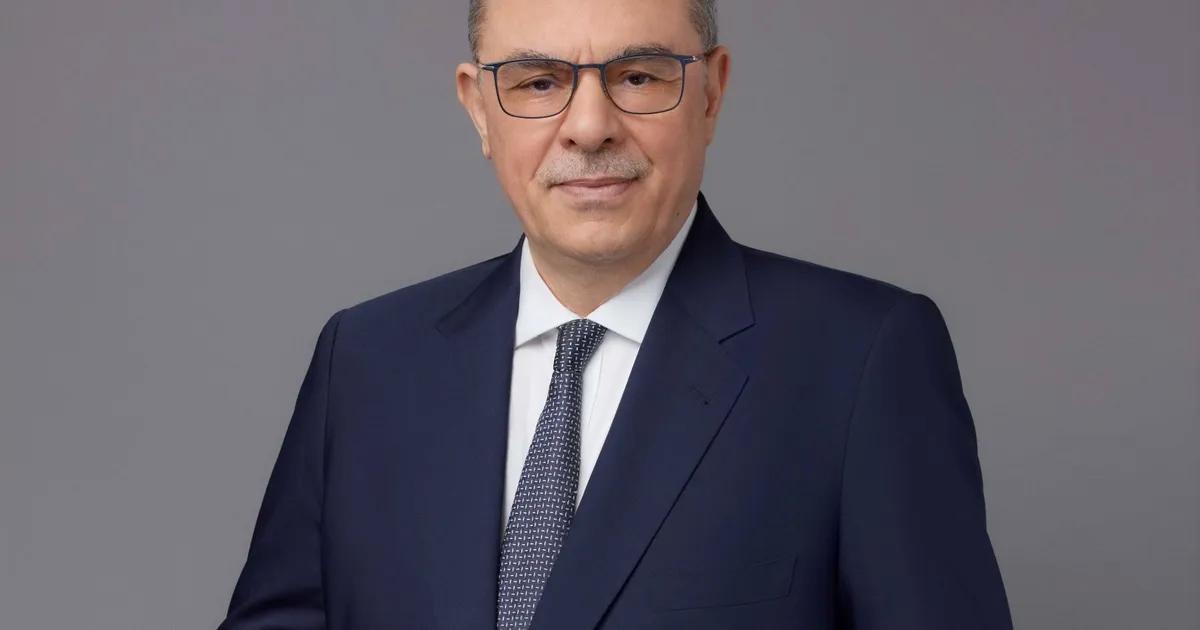
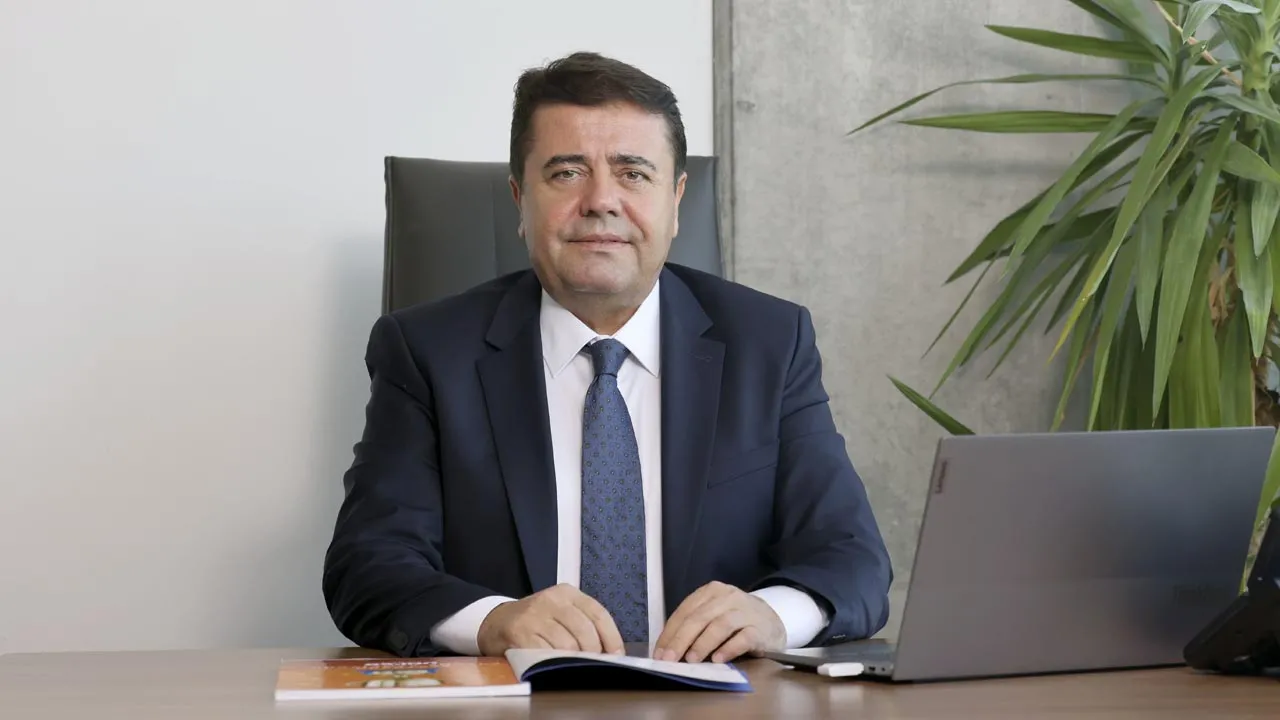


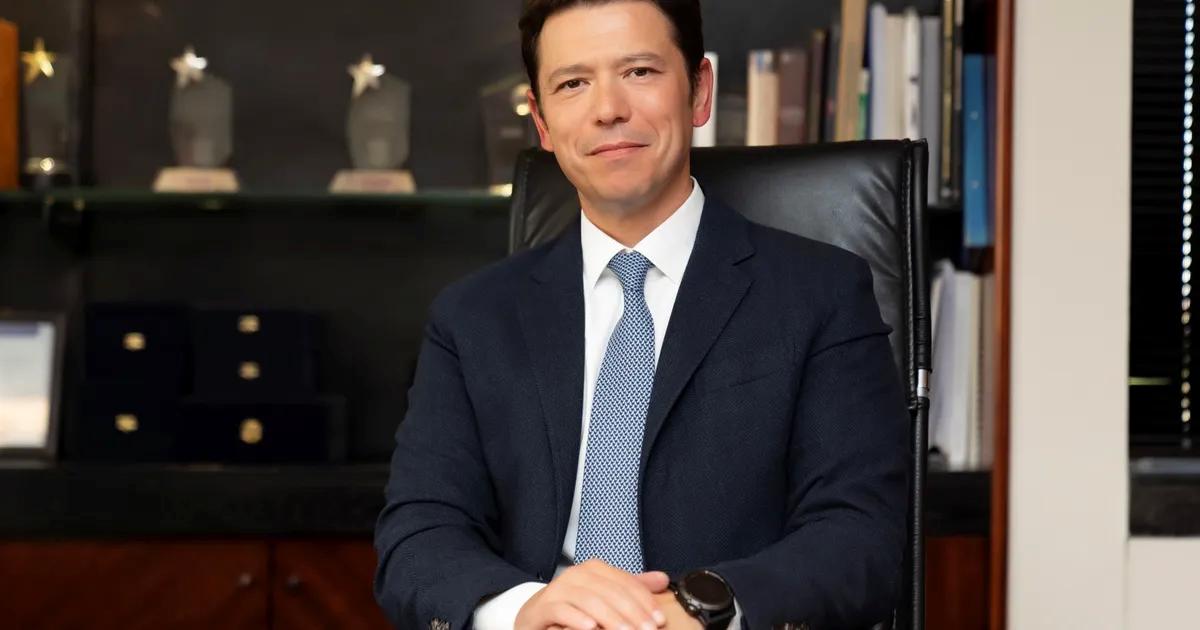

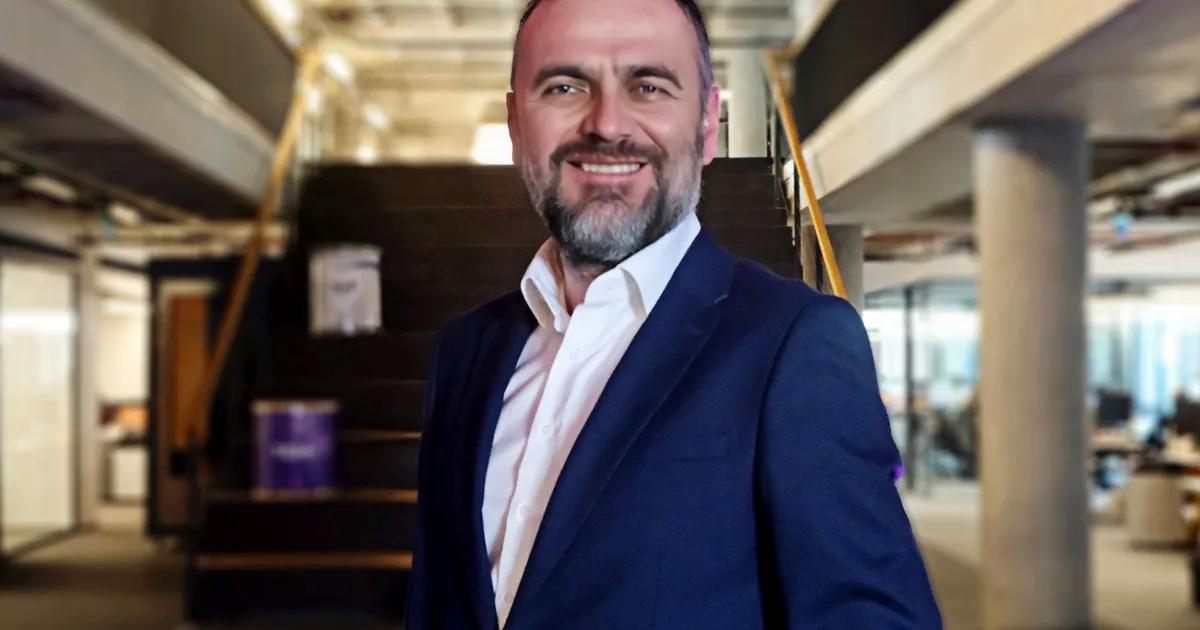
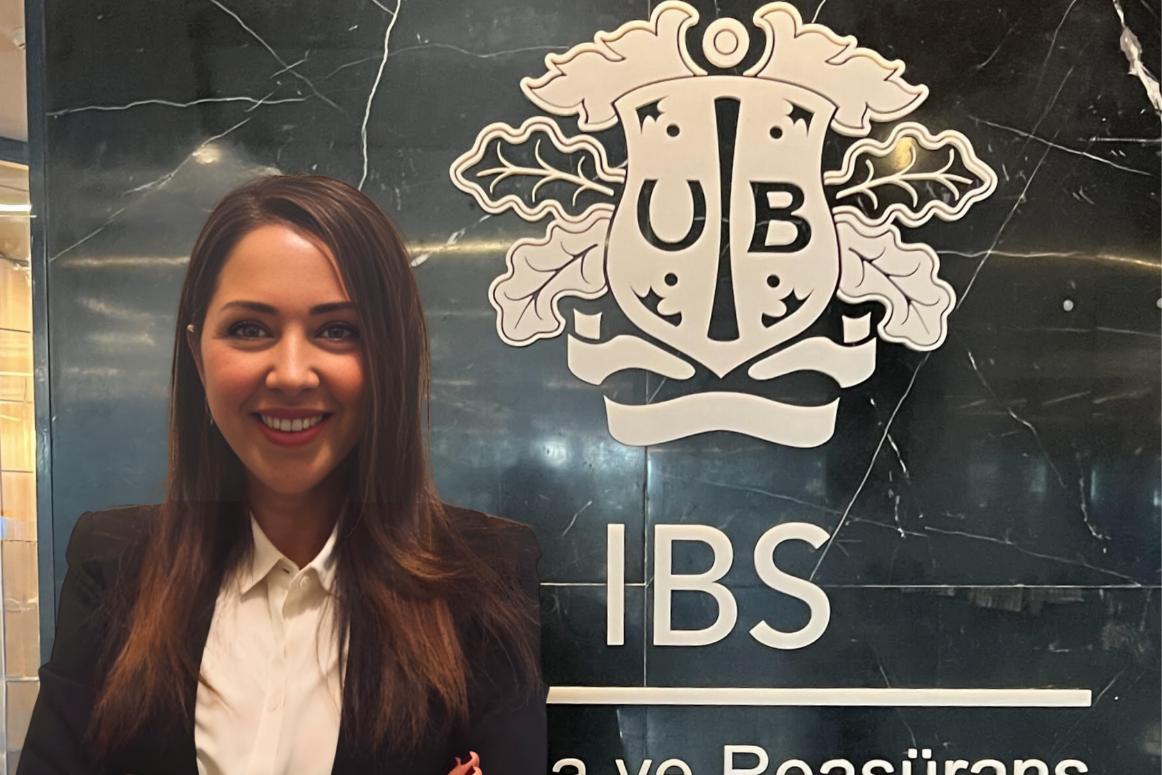
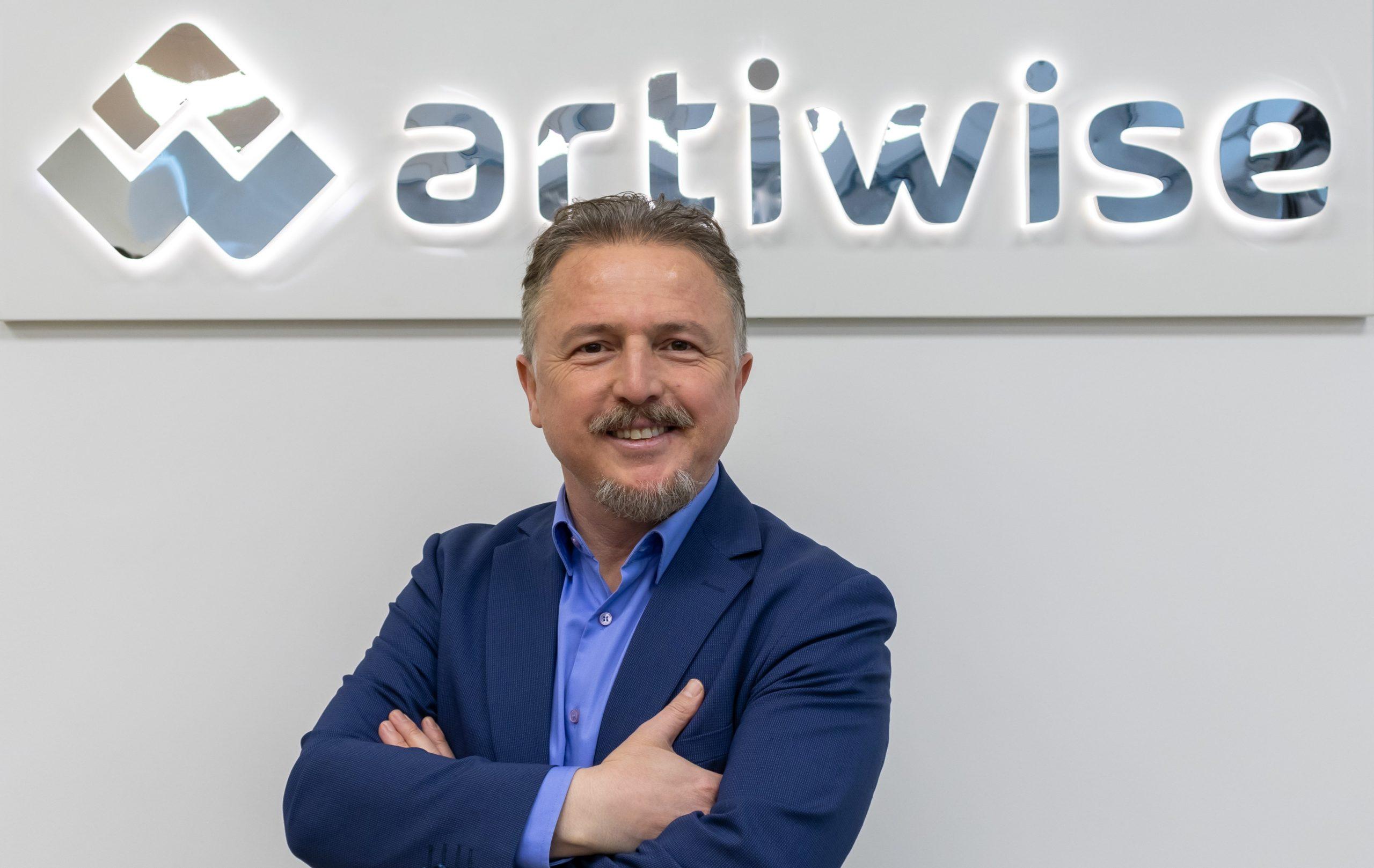
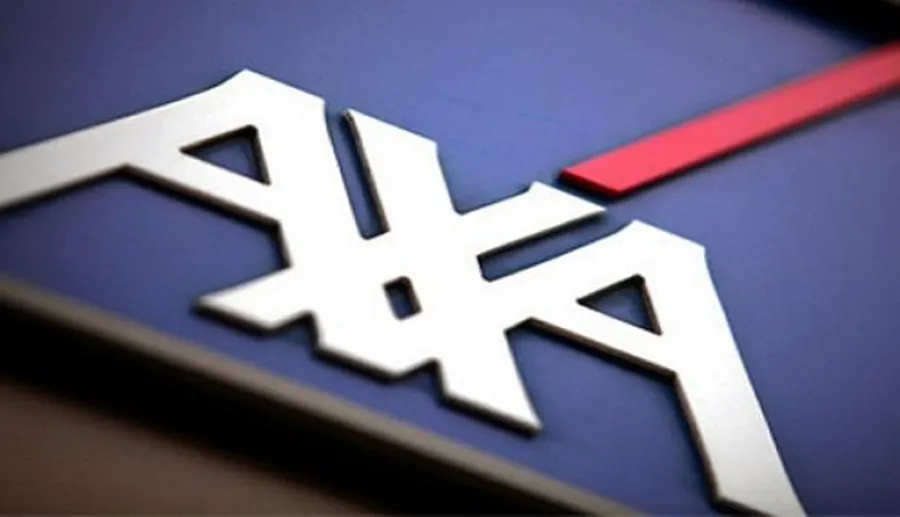
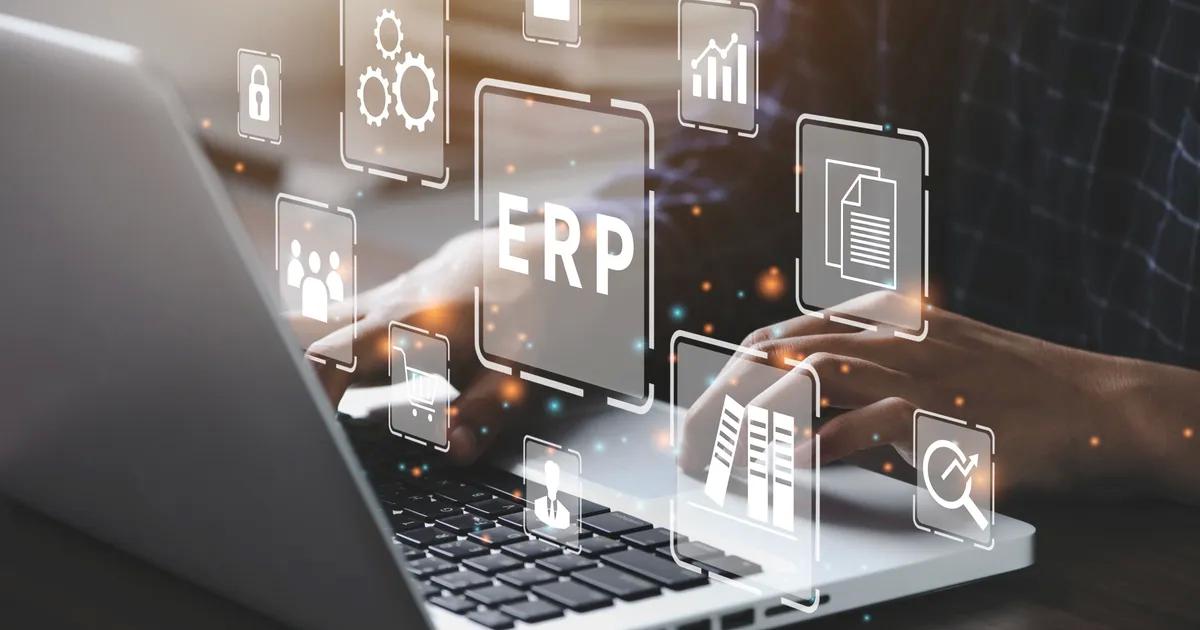
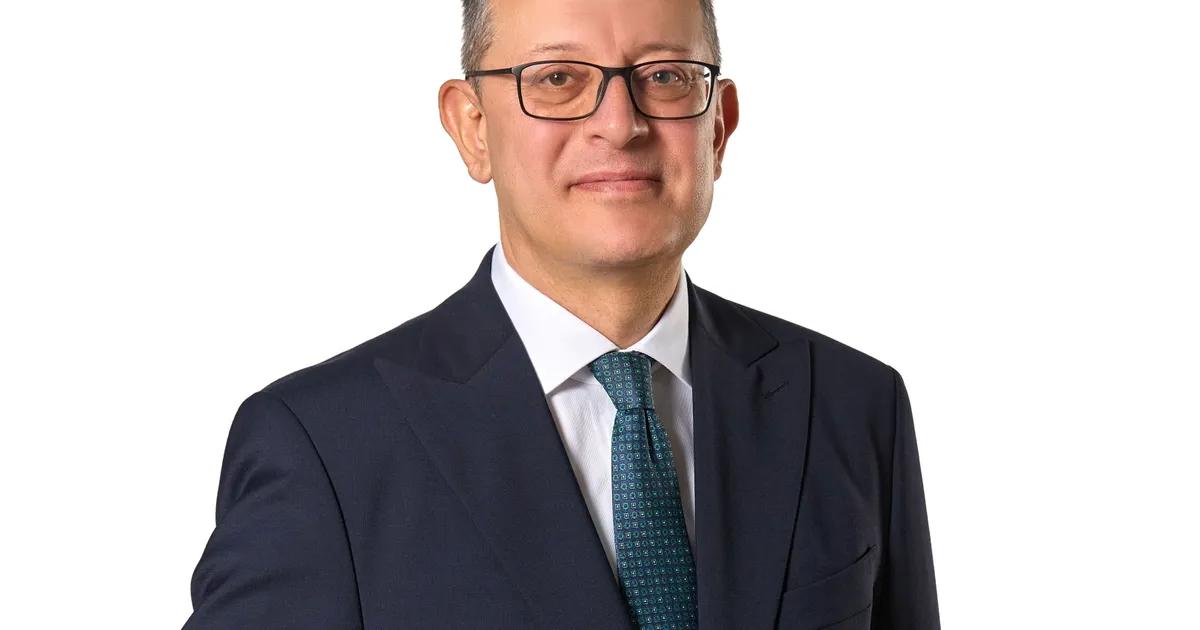

Sigortahaber.com, sigorta sektöründeki en güncel haberleri, analizleri ve gelişmeleri tarafsız bir bakış açısıyla sunan bağımsız bir haber platformudur. Sigorta profesyonellerine, acentelere ve sektöre ilgi duyan herkese doğru, hızlı ve güvenilir bilgi sağlamayı amaçlıyoruz. Sigortacılıktaki yenilikleri, mevzuat değişikliklerini ve sektör trendlerini yakından takip ederek, okuyucularımıza kapsamlı bir bilgi kaynağı sunuyoruz.
Yorum Yap